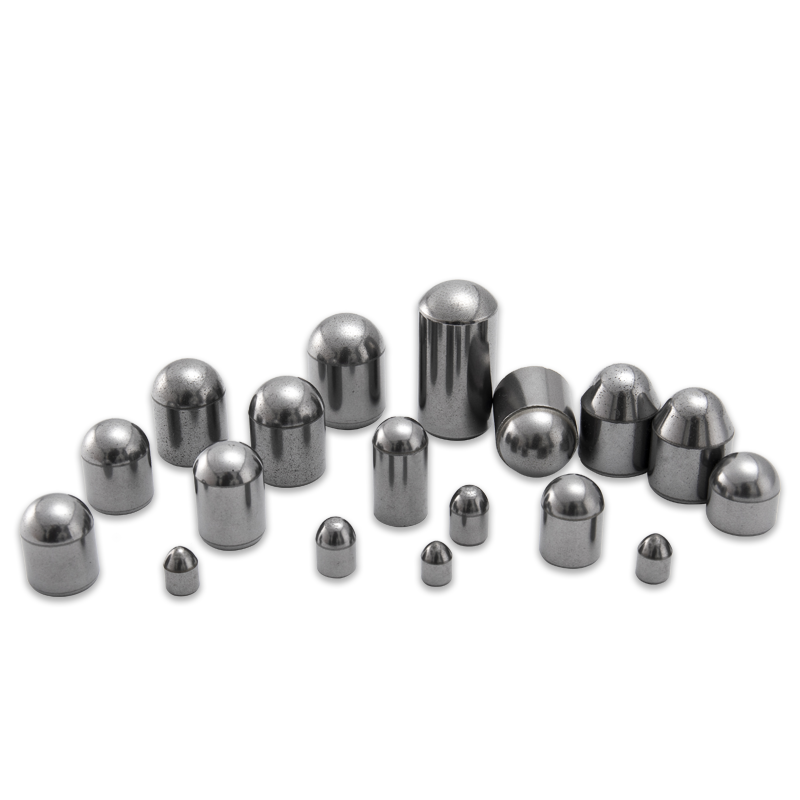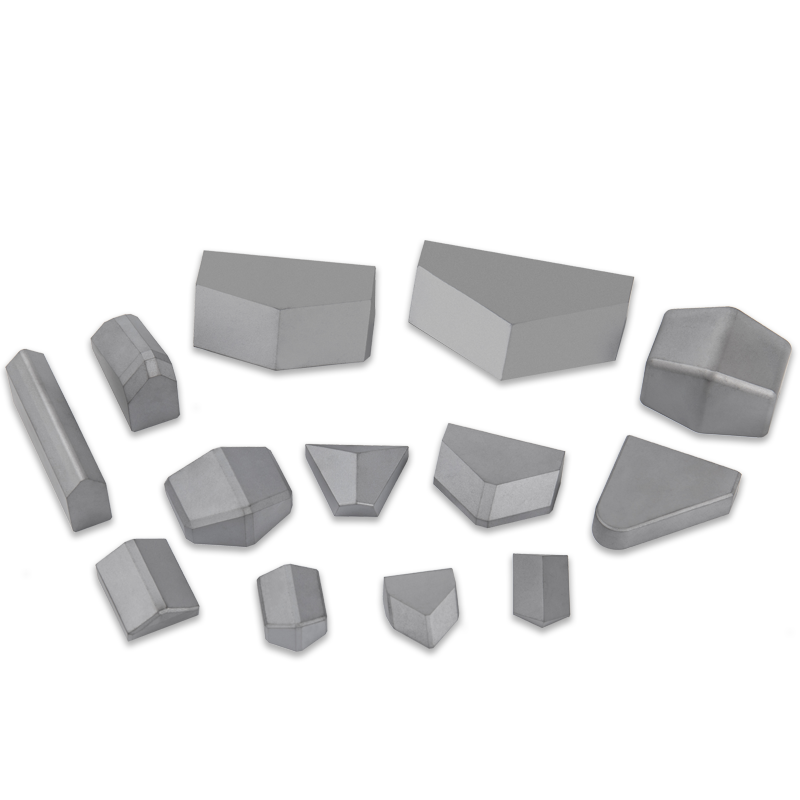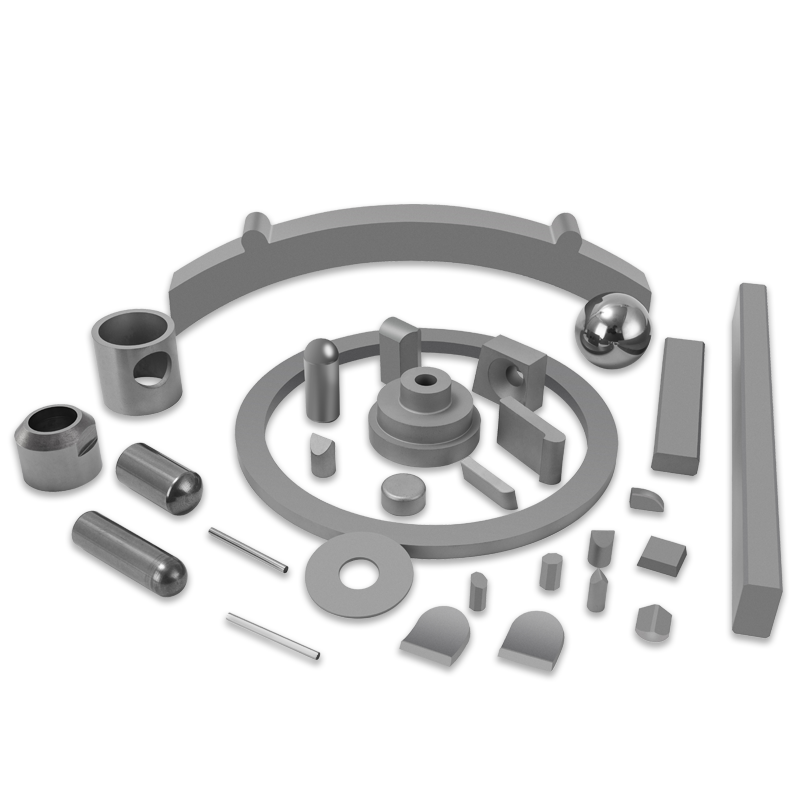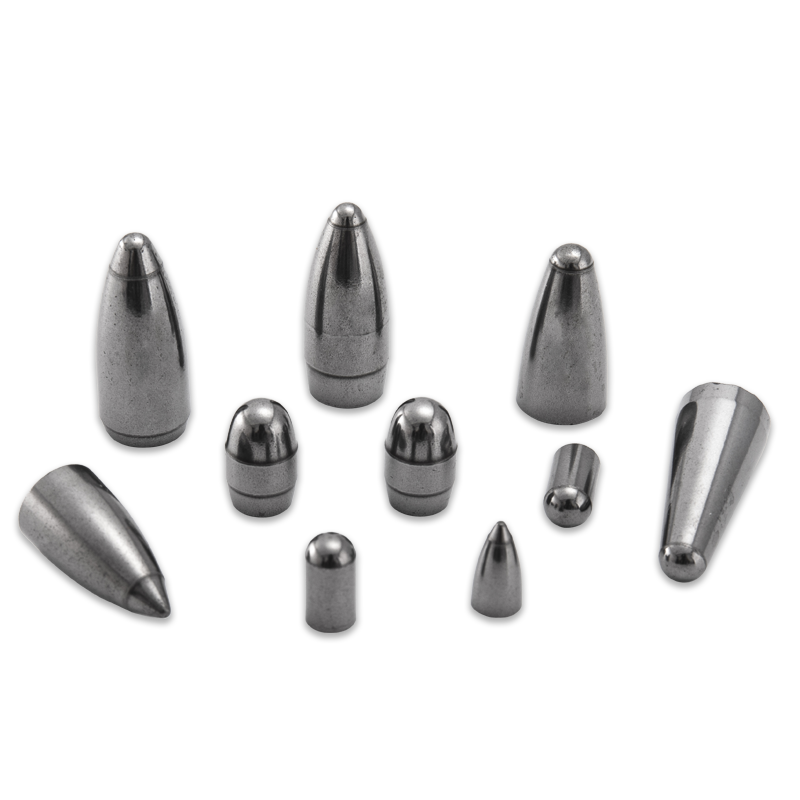What are the key properties of tungsten carbide for rock drilling?
Industry News-Tungsten carbide (WC) stands as the material of choice for rock drilling tools due to its exceptional combination of hardness, strength, and wear resistance. These properties are critical for enduring the extreme conditions encountered during drilling operations, including high impact, abrasion, and temperature fluctuations. Understanding the specific characteristics of tungsten carbide is essential for appreciating its unparalleled performance in this demanding application.
Hardness and Wear Resistance
The most prominent property of tungsten carbide is its extraordinary hardness, ranking just below diamond on the Mohs scale. This inherent hardness is derived from the strong covalent bonds between tungsten and carbon atoms, forming a very stable and rigid crystalline structure. In rock drilling, this translates directly to superior wear resistance. As drill bits churn through abrasive rock formations, the carbide inserts maintain their sharp cutting edges for extended periods, significantly reducing tool wear and increasing drilling efficiency. This resistance to abrasive wear minimizes the need for frequent bit changes, leading to less downtime and lower operational costs.
High Compressive Strength
Tungsten carbide exhibits excellent compressive strength, meaning it can withstand immense forces without deforming or fracturing. Rock drilling involves significant axial and torsional loads, as well as repetitive percussive impacts. The high compressive strength of WC allows the drill bit inserts to endure these stresses without plastic deformation or catastrophic failure, ensuring the structural integrity of the cutting elements throughout the drilling process. This is particularly crucial when drilling through hard and abrasive rock types where the forces exerted on the bit are at their maximum.

Toughness and Impact Resistance
While exceptionally hard, pure tungsten carbide can be brittle. To counteract this, tungsten carbide for rock drilling is typically manufactured as a cemented carbide by binding fine WC particles within a metallic matrix, most commonly cobalt (Co). The cobalt acts as a binder, imparting crucial toughness and impact resistance to the composite material. The cobalt binder allows the material to absorb and dissipate energy from impacts without cracking, which is vital in percussive drilling applications where the bits are subjected to continuous hammering actions. The careful control of cobalt content and grain size in the manufacturing process allows for tailoring the carbide's properties to specific drilling conditions, balancing hardness with the necessary toughness.
Thermal Stability
Rock drilling generates considerable heat due to friction between the drill bit and the rock. Tungsten carbide possesses good thermal stability, meaning it retains its mechanical properties, including hardness and strength, even at elevated temperatures. This characteristic is vital to prevent softening or degradation of the cutting edges during prolonged drilling operations, which could otherwise lead to premature wear and failure of the drill bit.
Modulus of Elasticity
Tungsten carbide has a high modulus of elasticity, indicating its stiffness and resistance to elastic deformation under stress. This stiffness ensures that the cutting edges maintain their geometry and effectively transfer drilling energy to the rock, promoting efficient rock fragmentation. A high modulus of elasticity also contributes to the material's ability to resist fatigue under cyclic loading conditions experienced during drilling.
In conclusion, the synergistic combination of extreme hardness, high compressive strength, excellent toughness (due to the binder), thermal stability, and a high modulus of elasticity makes tungsten carbide an indispensable material for rock drilling applications. These properties enable drill bits to withstand the brutal forces and abrasive environments encountered underground, ensuring efficient, durable, and cost-effective drilling operations across various geological formations.


 English
English русский
русский





